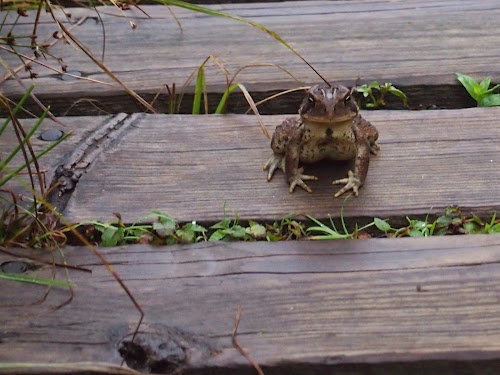Dawn brought us to Newfoundland. Prior to a treaty of union with Canada in 1948, Newfoundland and Labrador was a British Dominion. It is a different world, including a quirky 1/2 hour offset for their time zone (1 1/2 hours ahead of US Eastern Time).
As an island, of course, everything must arrive on Newfoundland by sea or air. Our ferry boat had two enormous decks for trucks and other vehicles. As we drove up the Trans Canada Highway after disembarking, we noticed quite a line at Tim Horton’s (Canada’s far superior version of Dunkin’ Donuts or breakfast at McDonald’s).
Our objective was to dash north (and east, of course) to within a day’s striking distance of a National Historic Site (a Viking basecamp) at the opposite tip of this very large island. So, we made breakfast at a Tim Horton’s our reward for persevering for another two hours on the road. We found our way to Stephenville, site of an abandoned Air Force base, where we enjoyed our reward. After asking a number of people for directions in the parking lot, we got plausible directions for the most direct way back to the highway to head north again.
Finding your way isn’t too bad on Newfoundland roads. We met a native of Cape Breton who explained that the difference in driving on Newfoundland is that you don’t plot a course in a circuit from point to point because there just aren’t very many roads. It’s more of a hub and spoke. You simply go out the road to your destination and back again. In fact, there is no direct route to go from our entry point of Port aux Basques to the capital of St. John’s. You must go all the way around the north of the island. It takes a long time to get places on Newfoundland, unless you have an airplane.
Even though it was a little rainy, we looked forward to a stopover at Gros Morne National Park. The terrain was extremely varied with a lot of highland freshwater bogs and different forested environments. This little toad was quite stubborn and wouldn’t move aside to let us pass. Instead, he scrunched down his little head each time one of us passed him, almost as if he were anticipating having to bear our weight on his shoulders. Odd little fellow.









